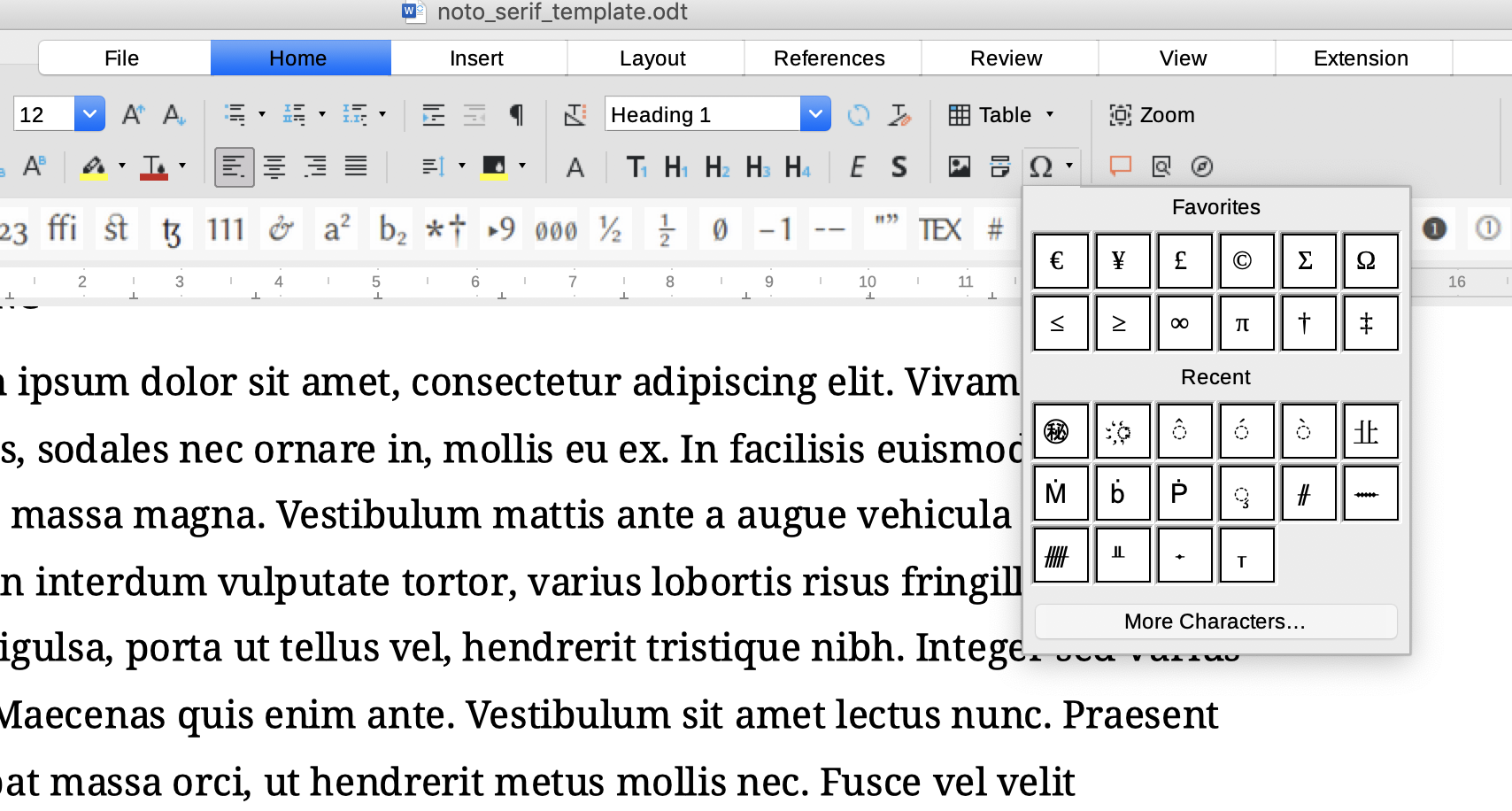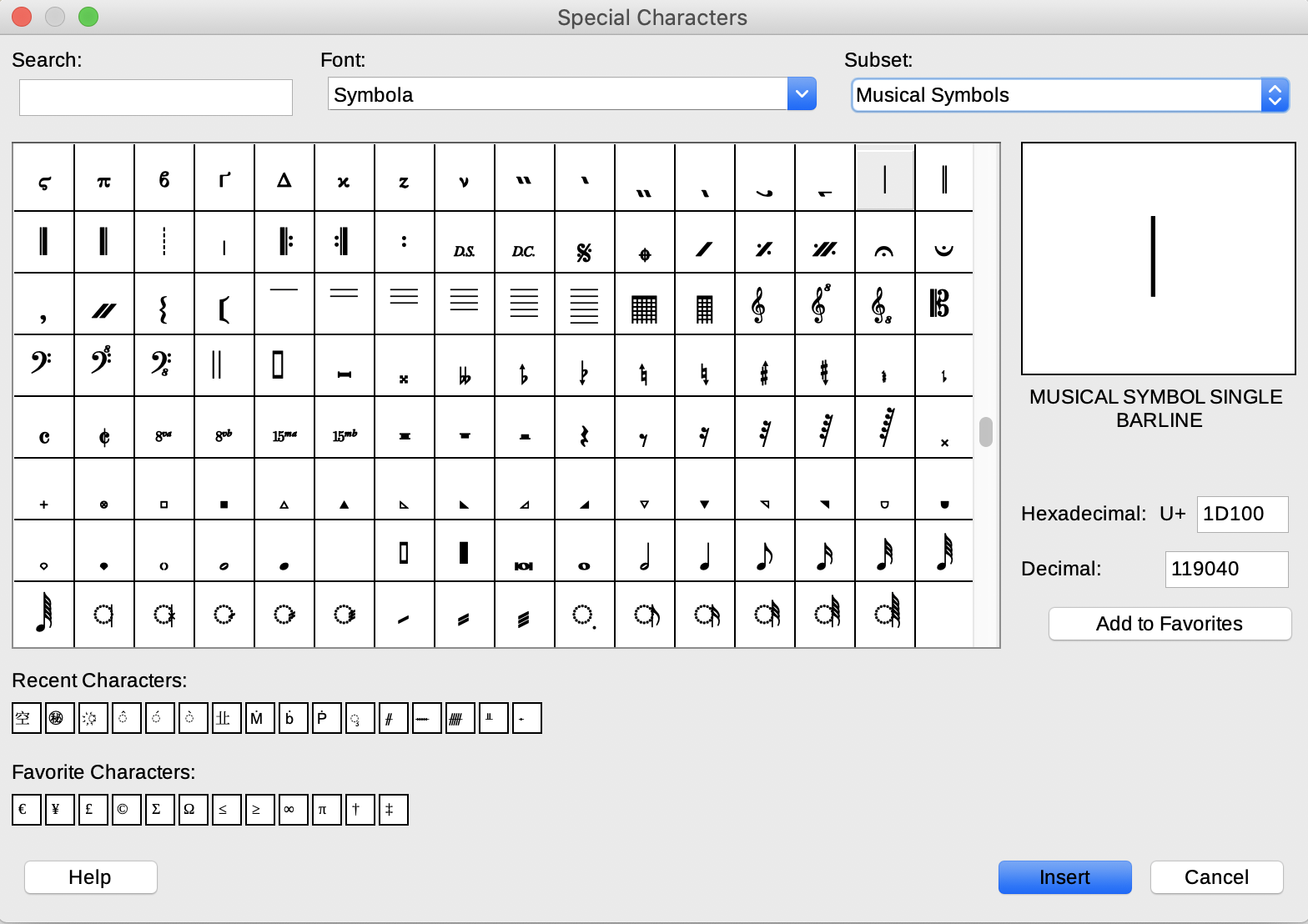Fonts and Unicode
Fonts and scripts
Unicode has led to the development of a range of fonts that encompass not only the major scripts in use in the world today, but also historical and iconographic materials.
CJK fonts
Thus, the Noto CJK Simplified Chinese font provides support for the following major contemporary scripts:
Cyrillic, Han, Hangul, Hiragana, Katakana, Latin, Simplified Han, Traditional Han
This means in turn that it can encode content in the following languages:
Afrikaans, Albanian, Asu, Basque, Bemba, Bena, Bulgarian, Cantonese, Catalan, Chiga, Chinese, Chinese (Simplified), Cornish, Danish, Embu, English, Faroese, Filipino, Friulian, Galician, German, Gusii, Icelandic, Indonesian, Irish, Italian, Japanese, Kabuverdianu, Kalaallisut, Kalenjin, Kamba, Kikuyu, Kinyarwanda, Korean, Low German, Luo, Luxembourgish, Luyia, Machame, Makhuwa-Meetto, Makonde, Malagasy, Malay, Manx, Meru, Morisyen, North Ndebele, Norwegian Bokmål, Norwegian Nynorsk, Nyankole, Oromo, Portuguese, Romansh, Rombo, Rundi, Russian, Rwa, Samburu, Sango, Sangu, Scottish Gaelic, Sena, Shambala, Shona, Soga, Somali, Spanish, Swahili, Swedish, Swiss German, Taita, Teso, Vietnamese, Vunjo, Zulu
The CJK fonts were developed jointly with Adobe and the Source Han typefaces are the equivalent of the Noto versions. Like European serif fonts in particular, the development of Source Han is rooted in calligraphic traditions.
European scripts, ancient and modern
Clara, by contrast, encompasses a range of European scripts, ancient and modern, including Latin and Cyrillic, as well as the medieval Irish script known as Ogham. It can therefore support the following languages:
Afrikaans, Akan, Albanian, Asturian, Asu, Basque, Belarusian, Bemba, Bena, Bosnian, Breton, Bulgarian, Catalan, Central Atlas Tamazight, Chiga, Colognian, Cornish, Croatian, Czech, Danish, Duala, Dutch, Embu, English, Estonian, Ewe, Faroese, Filipino, Finnish, French, Friulian, Fulah, Galician, Ganda, German, Gusii, Hausa, Hawaiian, Hungarian, Icelandic, Inari Sami, Indonesian, Irish, Italian, Jola-Fonyi, Kabuverdianu, Kalaallisut, Kalenjin, Kamba, Kikuyu, Kinyarwanda, Lithuanian, Low German, Lower Sorbian, Luba-Katanga, Luo, Luxembourgish, Luyia, Macedonian, Machame, Makhuwa-Meetto, Makonde, Malagasy, Malay, Maltese, Manx, Meru, Morisyen, Nama, North Ndebele, Northern Sami, Norwegian Bokmål, Norwegian Nynorsk, Nuer, Nyankole, Oromo, Polish, Portuguese, Quechua, Romanian, Romansh, Rombo, Rundi, Russian, Rwa, Samburu, Sango, Sangu, Scottish Gaelic, Sena, Serbian, Shambala, Shona, Slovak, Slovenian, Soga, Somali, Spanish, Swahili, Swedish, Swiss German, Taita, Teso, Tongan, Turkish, Turkmen, Ukrainian, Upper Sorbian, Uzbek, Vunjo, Walser, Western Frisian, Wolof, Zulu
The scope of the font is considerably wider than many of the system fonts installed by default on computers. This makes it a useful choice for your work.
Phonetic transcription
A set of Unicode blocks that is fully supported in the Noto Sans and Serif fonts, Charis SIL and Clara are among those which cover the phonetic script of the International Phonetic Association.

An IPA transcription
You can use a dedicated keyboard where extended inputting in a specialized block is required.
Unicode block by block
Using LibreOffice, you can readily explore Unicode blocks contained in a given font. Consider first the case of Noto Serif. To view the characters encoded in a font, select the omega icon and the select More Characters.

Access to Unicode blocks in LibreOffice
You can then access individual blocks using a drop-down menu.

Unicode blocks in Noto Serif
You can then see the characters that are available in a specific block.

IPA Extensions in Noto Serif
In LibreOffice, you can input characters using this interface, which is a convenient option in isolated cases.
Symbols
Unicode extends also to typographical and many other symbols.

Symbola: musical symbols in Unicode
The font Symbola allows access to multilingual blocks and also to a very wide range of Unicode symbols.
Combining scripts
Dedicated Latin scripts were developed for use with Source Serif and Noto CJK fonts. This means that content in European and Asian languages can easily be combined using the same font.

Noto Serif and Sans Serif CJK: Latin and Simplified Chinese
Though Latin and CJK fonts use different baselines and other reference points, they are aligned in such a way as to ensure content in different scripts is integrated.

Latin and CJK scripts in Libre Office
LibreOffice, among other word-processors, now has good support for the display and printing of characters in markedly different scripts.
Similarly, the use of a font like Noto Serif of Charis SIL or Clara makes it possible to combine Latin and IPA scripts, as we can see in the example above.